Adaptive learning: how it works, and why
“I don’t have time. I’ve always got a lot of work to do”. That’s one of the most common objections people – at all levels in a company – make when invited to take part in a training course. Apart from thinking they don’t have enough time, another factor preventing them benefiting from training activities is a lack of mental space, i.e. a lack of attention and focus and insufficient motivation.
This is often compounded by boredom, for instance because they have already encountered some, or even most, of the content on previous courses or directly on the job.
While we might all agree in theory that increasing knowledge and skills is an essential aspect of professional life – especially in this knowledge economy – in practice, the daily pressures of problems to solve and goals to achieve almost always have a bigger pull.
It’s not so much what training provides as it is about how to ensure that it is put into practice.
Behind the “how” are (at least) two key factors: how adults learn and how best to use digital technology.
It may come as no surprise that these are also the focuses of APPrendere.
The unique characteristics of digital technology now make it possible to capitalise on what we already know about the way people learn. Adaptive learning software (like these) delivers the content that best suits an individual’s knowledge, without boring them with things they already know or frustrating them with information that is too advanced for them.
But there’s more. Adaptive learning programmes are organised to reinforce what someone has already learned using specific mechanisms such as interleaving and the spacing effect, i.e. alternating content at optimal intervals to enhance memorisation and internalisation.
But what do we do about the fact that “there’s not enough time”? Enter microlearning. The content is packaged into short, targeted “bitesize units” that take 2 or 3 minutes to digest. The person can choose the best time to look at them, and 3 minutes is usually feasible within the daily flow of tasks. To the point that it becomes an enjoyable habit to look forward to.
This methodology focuses the benefits provided by new technologies on the most common critical issues: time, motivation, assimilation of content, measurement of completion and effectiveness of training.
Adaptive learning combined with the mechanisms of microlearning is perhaps the most innovative and interesting frontier currently seen in digital training. It’s one of the main resources APPrendere relies on to transform how learning is provided within organisations.




Leave a Reply
Want to join the discussion?Feel free to contribute!